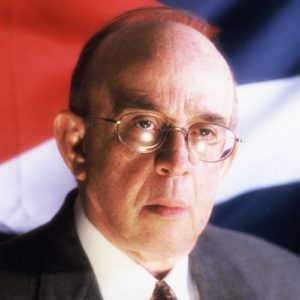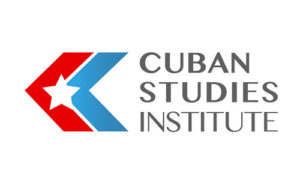
At dawn on February 17, 1957, Herbert Matthews, The New York Timesjournalist, met with Fidel Castro in the Sierra Maestra. The meeting took place ten weeks after the “Granma” landing disaster (December 2, 1956). There were lingering doubts as to whether Castro was dead or alive. This meeting turned out to be one of Castro’s biggest propaganda achievements.
Matthews was 57 and in delicate health, with heart problems. He had reached the meeting place late on the 16, and the scouts gave him a blanket to lay down for the night and wait for Castro. At sunrise on the 17th, Castro appeared in an olive-green army fatigue and a long rifle with a sharpshooter’s telescopic lens. “We can pick them off at thousand yards with these guns.” Castro boasted to Matthews soon after greeting him.
Matthews came to this meeting with his own Marxist bias, and was immediately fascinated by Castro’s charismatic personality and his masterful showmanship. Matthew reported that the tall bearded leader had a well-armed guerrilla force of more than 500 men and women and was in full control of the Sierra Maestra. Castro easily won over the willing leftist journalist of The New York Times. With the most powerful newspaper in the United States as his propaganda outlet, Castro and his 30 fighters could reach the world.
On February 24, the first of three articles was published on the front page of The New York Times under the headline: “Cuban Rebel is Visited in Hideout.” The leading story read” “Fidel Castro, the rebel leader of Cuba’s youth, is alive and fighting hard and successfully in the rugged almost impenetrable fastness of the Sierra Maestra.”
In his historical article, Matthews told his readers that Castro was anti-communist, with strong democratic ideals, fighting for free elections and the Cuban constitution. Raptured by the young rebel’s performance, Matthews called Castro “the Cuban Robin Hood.”
Batista’s Minister of Defense denied the veracity of Matthew’s story. On the 28, the “Times” responded with a front-page photo of Castro and Matthews.
On the day of the story, Fidel Castro was barely surviving in the Sierra Maestra and only in control of a small area. But Mathews rescued the failed leader and turned him, like a thundering lightening, into an unconquerable Robin Hood. In one stroke, the awesome power of The New York Times had propelled Castro into the top leadership of Cuba’s revolution and a popular figure in the U.S., especially within the State Department. It was a masterful propaganda coup and a huge step in the tragic falsification of Castro’s ideology and his march to consolidate a totalitarian state.








